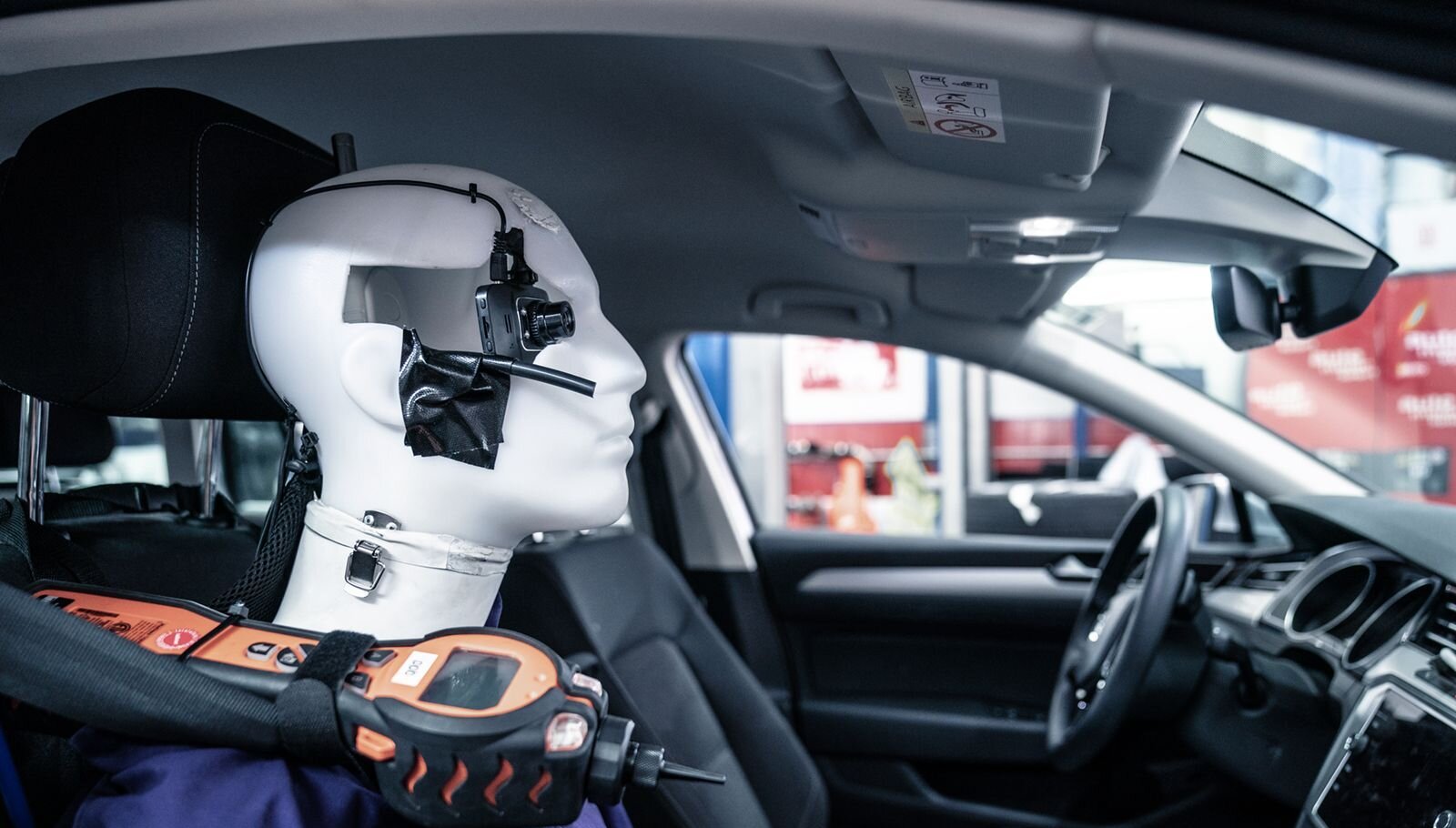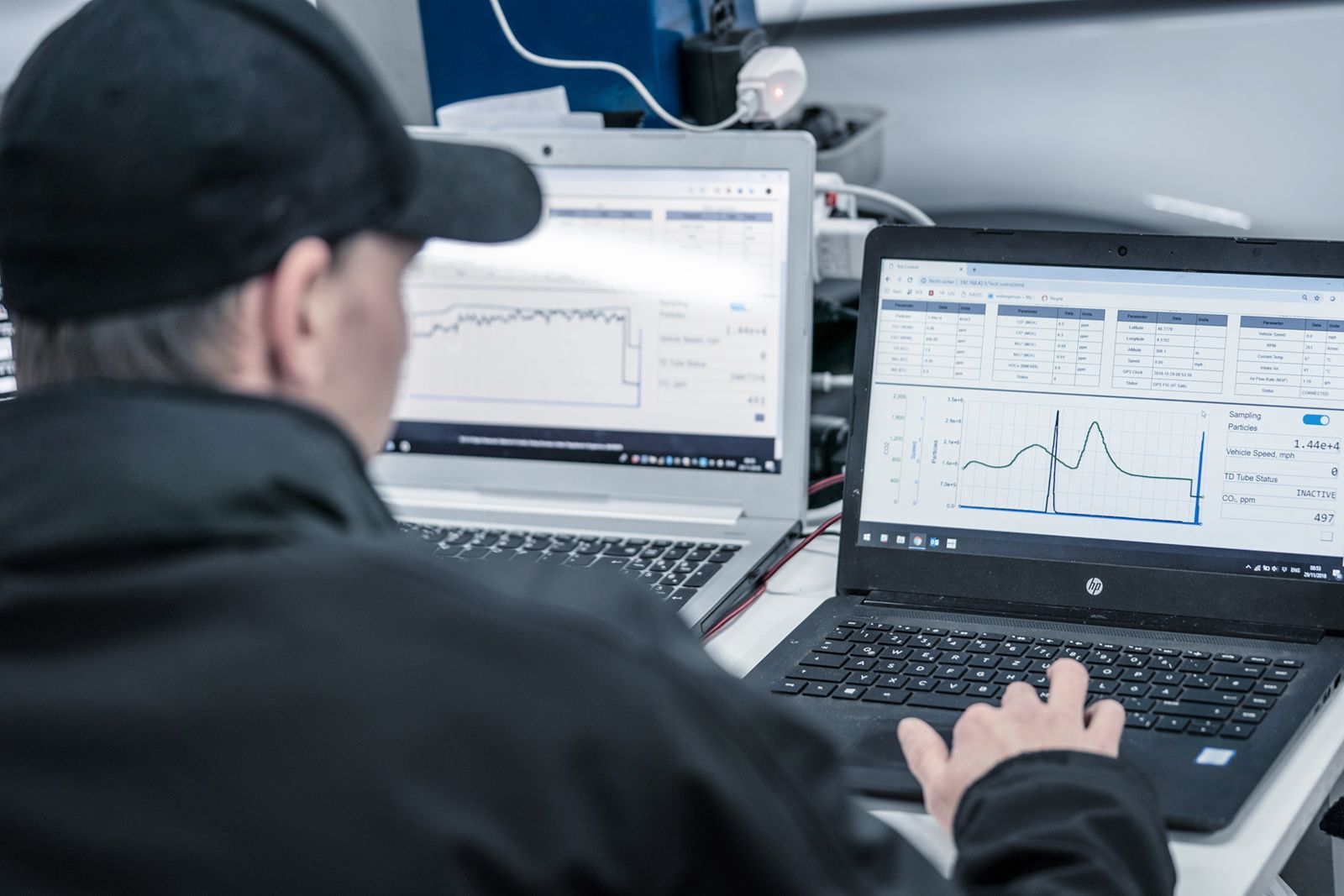
micronAir on the road
Freudenberg’s latest generation cabin air filters undergo extensive independent testing
Today, air pollution is one of the world’s major public health issues. According to recent figures from the World Health Organization (WHO), 9 out of 10 people worldwide routinely breathe polluted air. Although there are levels of severity between the various regions of the world, there is no dispute that air pollution is a major risk to human health.
Within the wider context, drivers are particularly exposed to high concentrations of pollutants inside the vehicle cabin, including the most harmful PM2,5 and PM1 particles. These particles can penetrate deep into the lungs, enter the bloodstream, and cause long-term respiratory and other health issues.
Independent scientific evidence
As part of our continual efforts to increase the effectiveness of micronAir cabin air filters, Freudenberg recently initiated a field-based scientific study into the effectiveness of our latest-generation products. The study was conducted in November 2018 in Stuttgart, Germany, by leading independent research institute “Emissions Analytics”.
The purpose of the study was to gain independent evidence of the effectiveness of micronAir cabin air filters in improving health in the context of adverse environmental factors. The results of this study by independent experts would be used to further our in-house development work.
Setting the parameters
The test was conducted on a typical inner-city route known to have high levels of pollution. The test protocol consisted of two test cycles in the morning, and two in the evening. This ensured consistent air quality measurement relative to various times of the day.
The cabin air quality test was a dynamic on-road test using a matching pair of test analyzers. One measured air quality immediately outside the vehicle and the second simultaneously took measurements inside the cabin at the co-driver’s head position. Comparing these values enabled the team to derive a measure of the infiltration rate of external pollutants.
Objectives
The objective of the project was to collect in-cabin air quality data comparing three different cabin air filters against the specified OEM product. The method measured and compared in-cabin and outdoor air quality data using the following criteria:
- Number of particles
- VOC
- NO2
Using the OEM filter performance as the baseline, three other filters were tested:
- Filter A: Competitor A OEM original specified
- Filter B: Freudenberg micronAir cabin air filter (OES supplied)
- Filter C: Freudenberg micronAir Gas Shield cabin air filter
- Filter D: Competitor B (designed to meet OE specifications)


Test equipment and setup
The tests were conducted using a National Air Quality Testing Services (NAQTS) PIMS unit. This is a portable air quality system that can measure particle number (PN), nitrogen dioxide (NO2 ) and volatile organic compounds (VOCs). It can also record ambient temperature, pressure and relative humidity. For particle counts, the unit measures particles of 15nm or greater but is not calibrated above 250nm.
Results and summary
Compared to the OEM-specified filter, all three tested filters showed superior performance for ultrafine particle infiltration. Both Freudenberg filters returned similar results, with a reduction in penetration of over 95%. The Freudenberg gas shield filter was the most effective at reducing NO2 penetration. All tested filters demonstrated limited effectiveness in reducing VOCs, due to the fact that interior materials continuously emit VOCs. As these gases are downstream of the filter, it cannot capture them.
Overall, we were gratified to observe the large performance improvement of the standard and premium micronAir filters versus the OEM filter specified for the vehicle. The outstanding results achieved by the premium Freudenberg filter provide independent evidence of the potential for advanced cabin air filters to protect vehicle occupants, especially in heavily polluted regions.
The in-car tests we initiated with Emission Analytics, as well as the real-life tests that our cabin air filter specialists regularly conduct to validate new filtration solutions, are a valuable tool in understanding the real performance of cabin air filters. However, we also noted the sensitivity of the test method and the important impact of the sampling point of the detection systems (gas sampling inside the cabin versus the air outlet nozzle). Various disturbances to the air quality caused by the vehicle cabin itself and the passengers must be considered and interpreted when evaluating the raw measurement data. This effect was specifically observed for the VOC gas concentration and needs to be carefully monitored.
 automotive filtration insight
automotive filtration insight